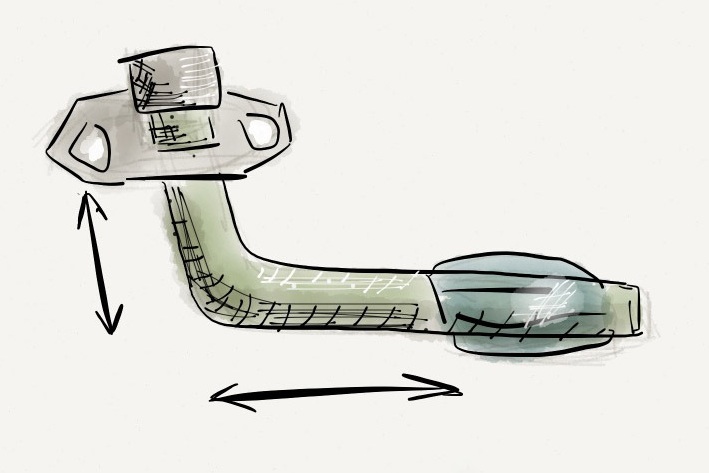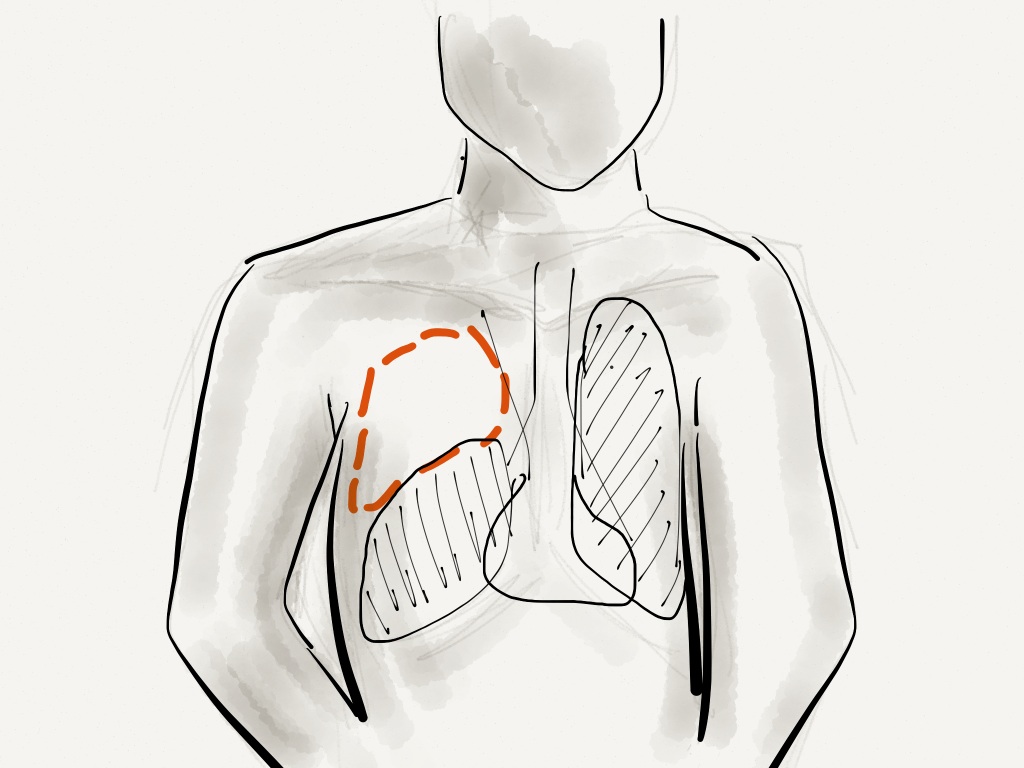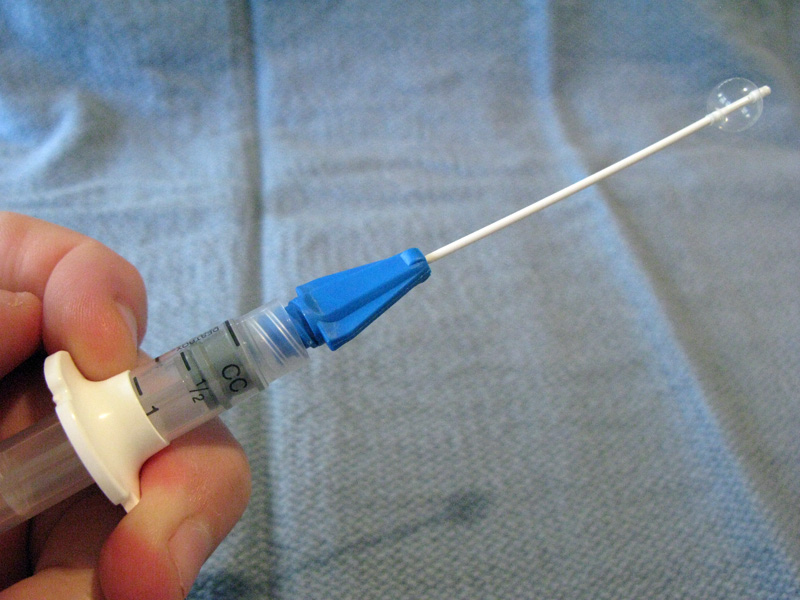Tracheostomy Tubes Nomenclature
Tracheostomy tubes provide for air movement through an ostomy in the anterior neck into the trachea. Unfortunately, there is an abundance of types, sizes, and complex numbering that is difficult to decipher for those who don't work with them everyday.



